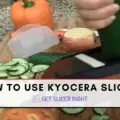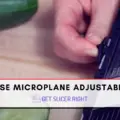In the world of cooking, countless techniques help create delicious and visually appealing dishes. Two such techniques are slicing and drawing. At first glance, they might seem similar, but they are distinct methods that serve different purposes in the kitchen.
What Is Slicing In Cooking?
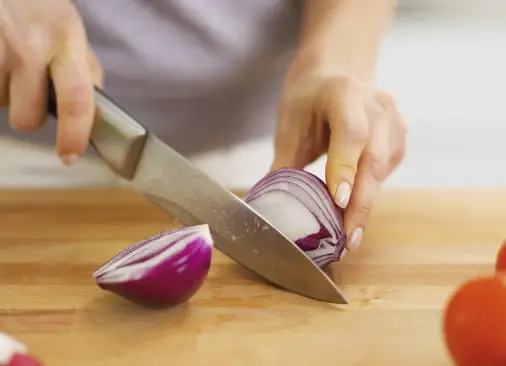
Slicing is a cutting technique used to create thin, uniform pieces of food. It is commonly used for fruits, vegetables, meats, and cheeses. Slicing can be done with various knives and requires precision and control to achieve consistent results.
Types Of Slices
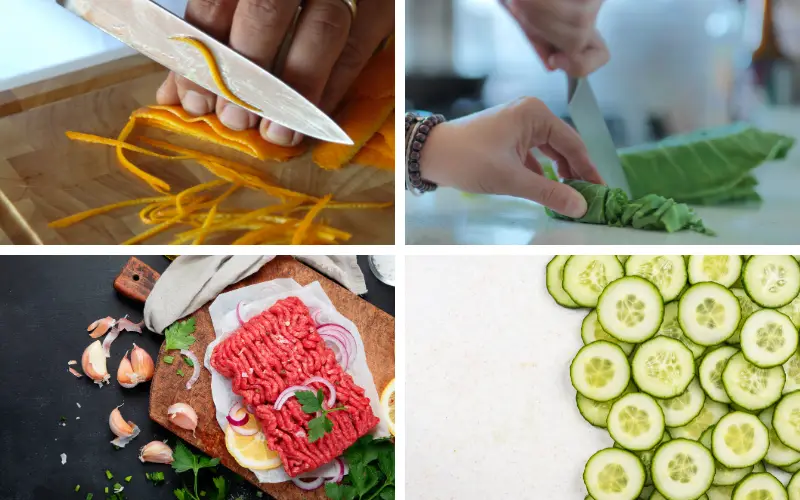
- Julienne: Thin, matchstick-like strips.
- Chiffonade: Thinly sliced ribbons of leafy greens or herbs.
- Mince: Finely chopped pieces.
- Bias cut: Diagonal slices, often used for presentation.
What Is Drawing In Cooking?
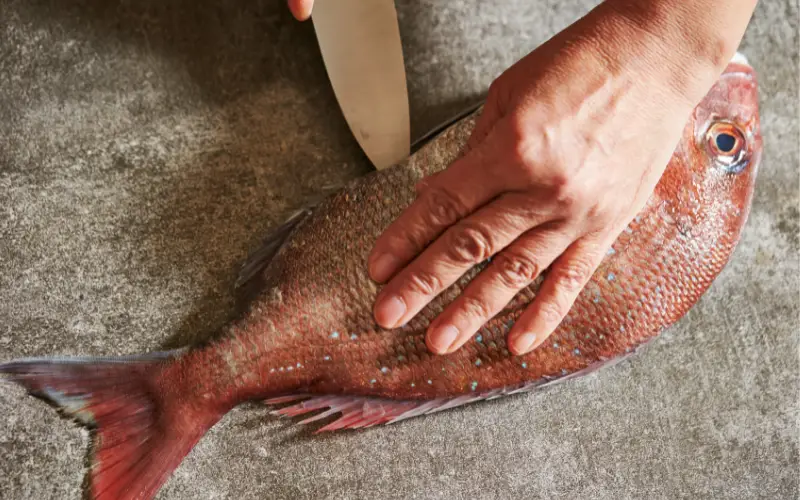
Drawing is a technique used to remove impurities or unwanted elements from certain foods. It is typically applied to meats and fish, which involves removing bones, skin, and membranes or draining fats and liquids. Drawing helps improve the texture and flavor of the final dish.
Types of Drawing Techniques
- Filleting: Removing bones from fish or meat.
- Skinning: Removing the skin from poultry or fish.
- Degreasing: Separating fat from broth or sauce.
- Straining: Removing solids from a liquid.
Comparing Slicing And Drawing
Purpose
Slicing focuses on achieving uniform pieces for cooking or presentation while drawing aims to improve the texture and flavor of food by removing impurities or unwanted elements.
Technique
Slicing involves cutting through food items, whereas drawing is about removing or separating parts of the food.
Tools Used
Slicing mainly requires knives while drawing may involve various tools like filleting knives, kitchen shears, or filters.
Food Items Best Suited For Each Method
Slicing is versatile and can be applied to various ingredients, whereas drawing is more specific to meats, fish, and liquids.
Tips To Master Slicing And Drawing
- Practice: Like any other skill, practice is essential to mastering slicing and drawing techniques.
- Choose the right tools: Invest in quality knives and other tools to ensure efficiency and precision.
- Sharpen your knives regularly: A sharp knife is essential for clean and accurate cuts.
- Use a stable cutting surface: A non-slip cutting board will help prevent accidents and improve control.
- Learn from experts: Watch cooking tutorials, attend classes, or work with experienced chefs to hone your skills.
Practical Applications Of Slicing And Drawing In Cooking
Slicing Applications
- Salads: Slicing vegetables and fruits into uniform pieces creates an attractive, easy-to-eat salad.
- Stir-fries: Thinly sliced ingredients cook evenly and quickly in stir-fry dishes.
- Sandwiches: Uniform slices of meats and cheeses ensure a balanced flavor in each bite.
- Garnishes: Sliced herbs or vegetables can add a professional touch to your dishes.
Drawing Applications
- Preparing fish: Filleting and skinning fish improves texture and presentation.
- Making stocks and broths: Removing bones, skin, and fat from meats ensures a clean, flavorful stock.
- Sauces and gravies: Degreasing and straining liquids can create a smooth and refined sauce.
- Poultry preparation: Skinning and deboning poultry improves the cooking process and presentation.
FAQs
What is the main difference between slicing and drawing in cooking?
Slicing involves cutting food into thin, uniform pieces, while drawing is about removing impurities or unwanted elements from food items.
When is slicing used in cooking?
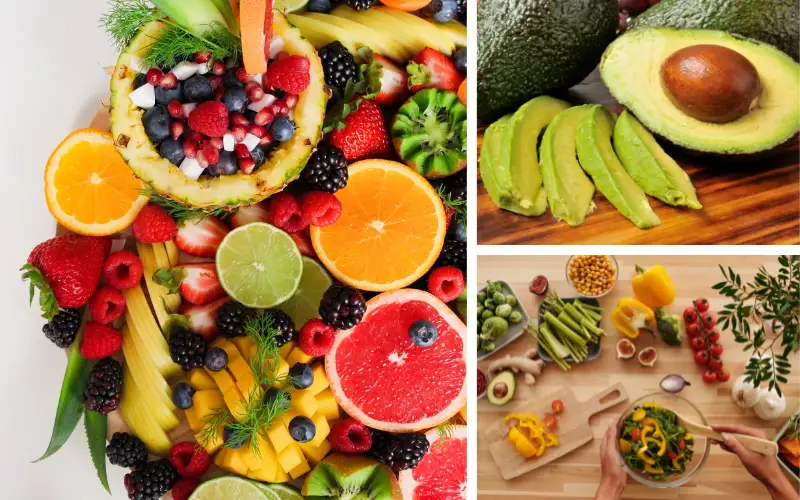
Slicing is used for cutting fruits, vegetables, meats, and cheeses for cooking or presentation purposes.
When is drawing used in cooking?
Drawing is typically applied to meats, fish, and liquids to improve their texture and flavor.
What tools are required for slicing and drawing?
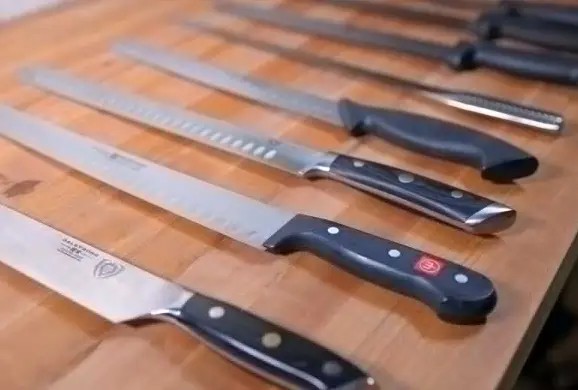
Slicing mainly requires knives while drawing may involve various tools like filleting knives, kitchen shears, or filters.
Can you provide examples of practical applications for slicing and drawing in cooking?
Slicing is commonly used in salads, stir-fries, sandwiches, and garnishes, while drawing is used in fish preparation, making stocks and broths, creating sauces and gravies, and poultry preparation.
Conclusion
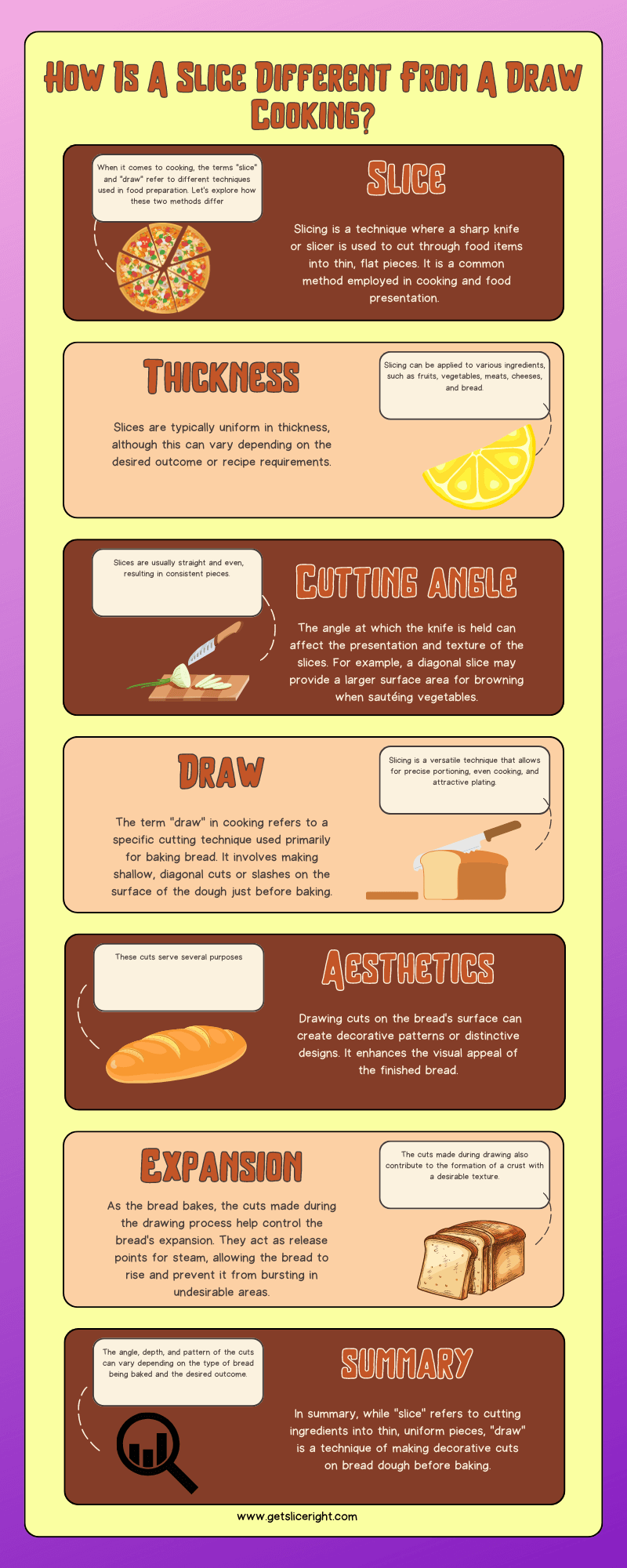
Understanding the differences between slicing and drawing in cooking is essential for anyone who wants to elevate their culinary skills. While slicing focuses on creating uniform pieces of food for cooking or presentation, drawing aims to improve texture and flavor by removing impurities or unwanted elements. You’ll be better equipped to create delicious and visually appealing dishes by mastering both techniques.
Suggested External Links with Corresponding Anchor Text:
- Julienne: A comprehensive guide on how to create julienne cuts.
| Table: Similarities and Differences Between Slicing and Drawing | |
|---|---|
| Similarities | Differences |
| Both are essential techniques for cooking | Slicing focuses on creating uniform pieces, while drawing focuses on removing impurities or unwanted elements. |
| Both require precision and control. | Slicing involves cutting through food items, while drawing involves removing or separating parts of the food. |
| Both can improve the final dish’s appearance and taste | Slicing can be applied to various ingredients while drawing is more specific to meats, fish, and liquids |
| Mastery of both techniques can elevate a cook’s culinary skills | Slicing mainly requires knives while drawing involves various tools like filleting knives, kitchen shears, or strainers |

Mario Batali is a renowned author, food enthusiast, and passionate chef who has dedicated his life to exploring the world of culinary arts. With a love for sharing his knowledge and experiences, Mario has become a prominent figure in the food blogging community, inspiring countless readers with his creativity and expertise.
In addition to his culinary prowess, Mario Batali is also a talented writer with a flair for engaging storytelling. He launched his own food blog to share his recipes, cooking tips, and personal experiences in the kitchen. Over time, Mario’s blog gained a loyal following of food enthusiasts who appreciate his unique approach to cooking and his dedication to using only the finest ingredients.
Mario Batali’s passion for food and his commitment to sharing his knowledge with others have made him a true inspiration in the world of culinary arts. Through his blog, cookbooks, and public appearances, Mario continues to spread his love of food and the joy of cooking with his ever-growing fanbase.


